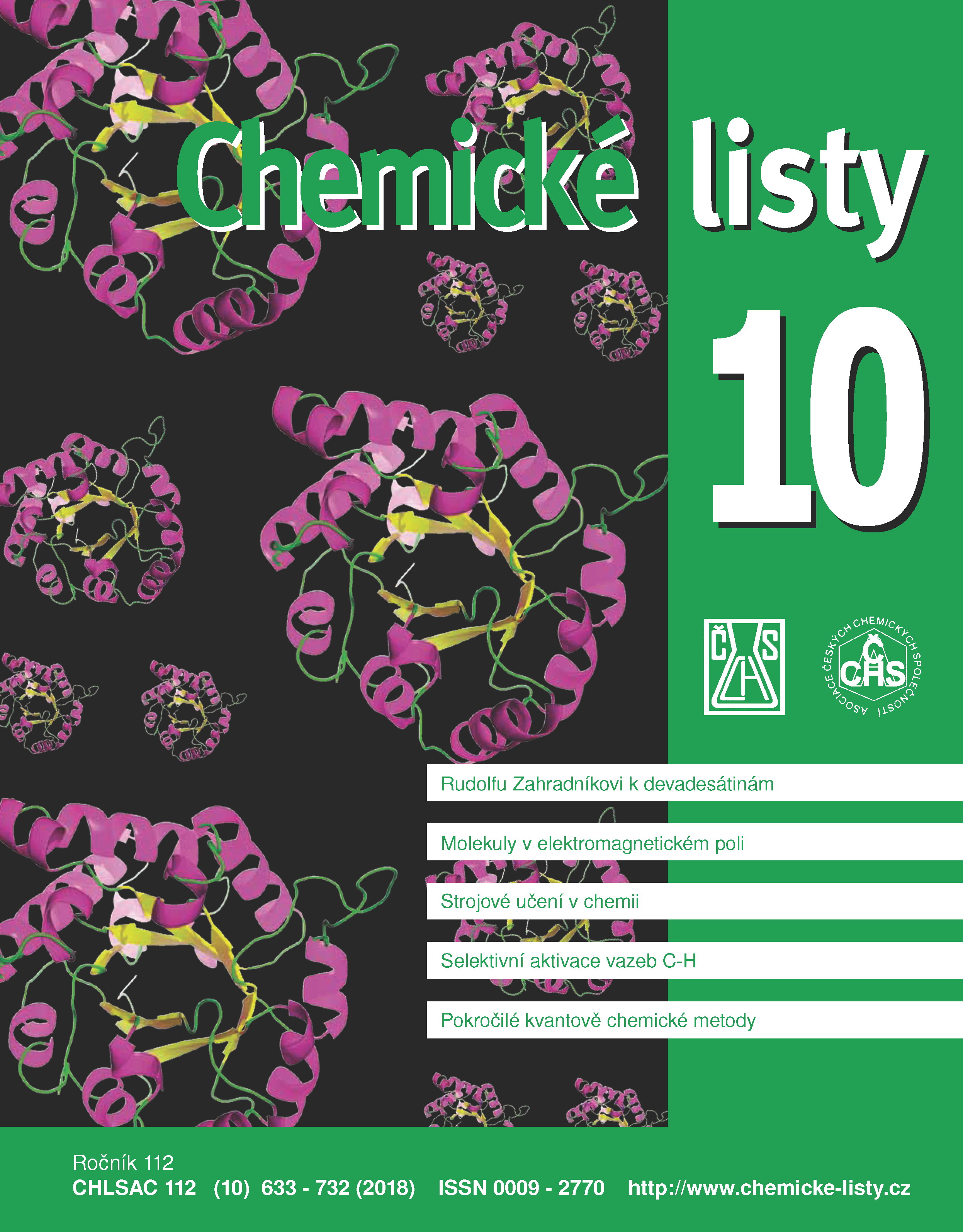Toward a Selective Activation of Inert C–H Bonds
Keywords:
hydrogen atom transfer, asynchronicity factor, reduction potential, acidity constant, Marcus theory, reorganization energyAbstract
An understanding and full control over the selective activation of the C–H bonds is a dream of many chemists. One important factor contributing to selectivity has been well known for decades. It refers to as the Bell-Evans-Polanyi principle, according to which the C–H bond with a smaller bond dissociation free energy is preferably cleaved. Here, we describe an unexpected and overlooked, but important thermodynamic effect on the reaction barrier that arises from the difference in redox and acidobasic contributions to the free energy of reaction. Based on these findings, we formulate the new, general, and powerful concept of “asynchronicity factor” in reactions involving hydrogen atom transfer.





